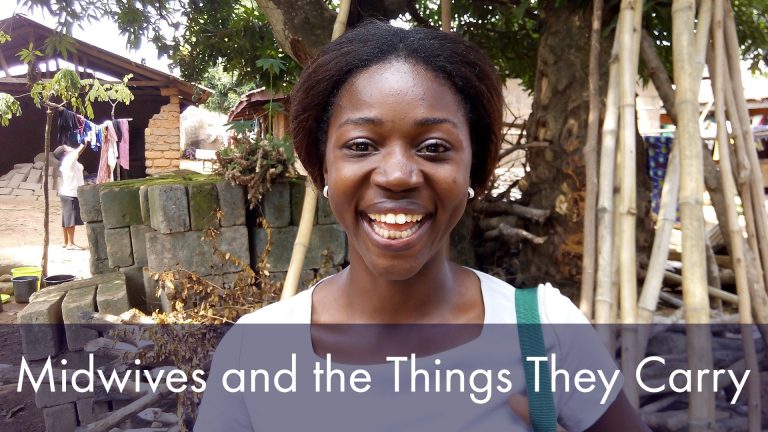Originally published by MCSP on Medium
This International Day of the Midwife, we’re celebrating those creating healthy communities and saving lives across the globe. Come with us — from Bangladesh to Guinea — as we peek inside midwives’ bags on a typical day.
In addition to their delivery bags, midwives “carry” many other invaluable tools that enable them to provide compassionate and skilled care, including education to women and their families. Yet while we know that investments in high-quality midwifery education can yield a 16-fold return in both cost and lives saved, less than one-quarter of countries currently have enough midwives to meet their demand.
On May 5th — and throughout the year — we do well to remember the inextricable link between midwives and meeting our global health goals. Increasing the number of midwives and the quality of their education are key to ending preventable child and maternal deaths and providing universal access to healthcare.
Bangladesh: Ob/Gyn Society of Bangladesh Hospital
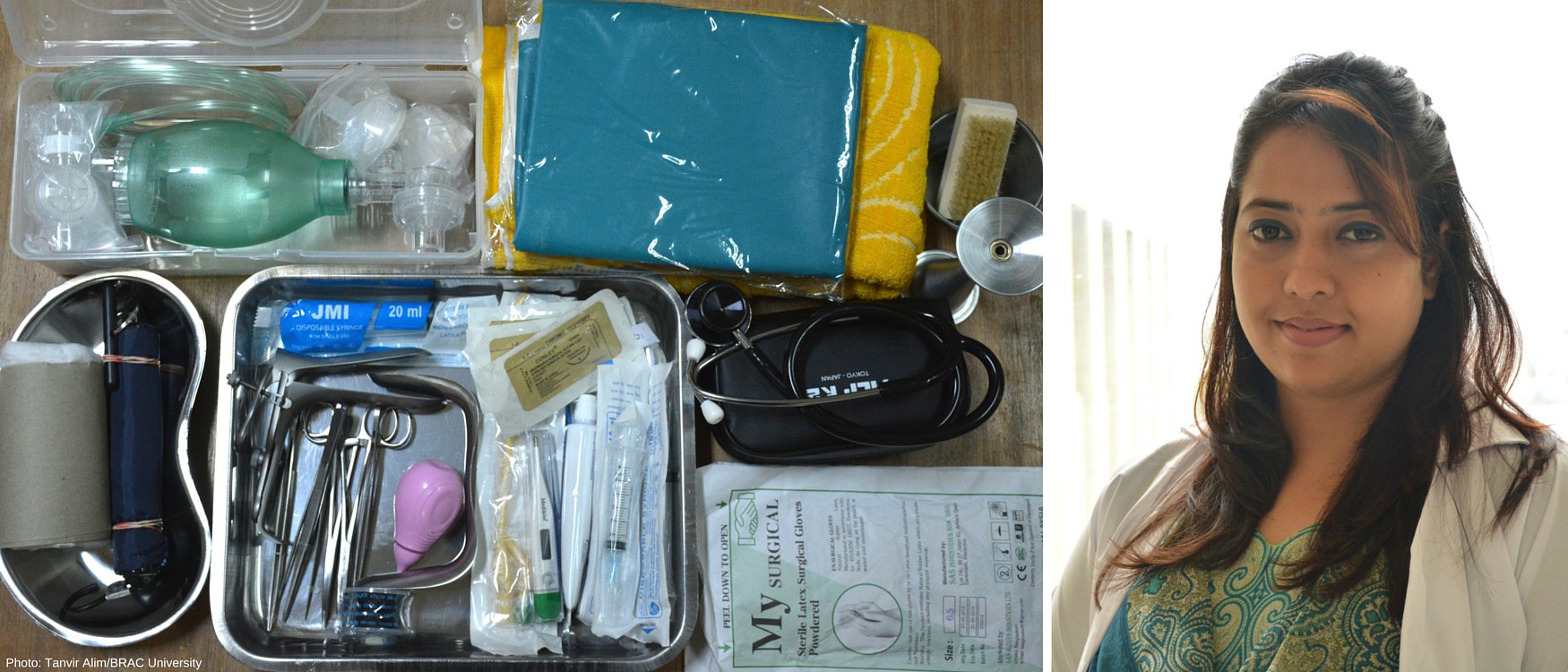
Sandra Rumi Madhu, Nurse-Midwife
Sandra has her BS in Nursing and Midwifery, MPH, MSS, and has completed essential newborn care training. She works in the Mirpur slum areas, delivering services to women and adolescents in their homes.
“As a young nurse-midwife, I started my professional career checking up on the pregnant women in the community slum area. I was horrified by the situations of the pregnant women and adolescent girls who were suffering with complications because… of unskilled people, superstitions, obstacles for seeking health care during pregnancy, and domestic violence. In consequence, the [adolescent girls] were getting pregnant too early and then facing complications before, during and after childbirth.
Our goal is to ensure respectful maternity care and a women’s empowerment in the family and community… I have a passion and dream to bring a smile on a mother and family’s face with a healthy baby, every time. Bangladesh will be beautiful if all superstitions and discrimination fade out. It’s possible for us if we take that tiny step to bring a big change. I believe I am more powerful than I know; I am beautiful just as I am a midwife.’’
Guinea: Ignace Deen Hospital
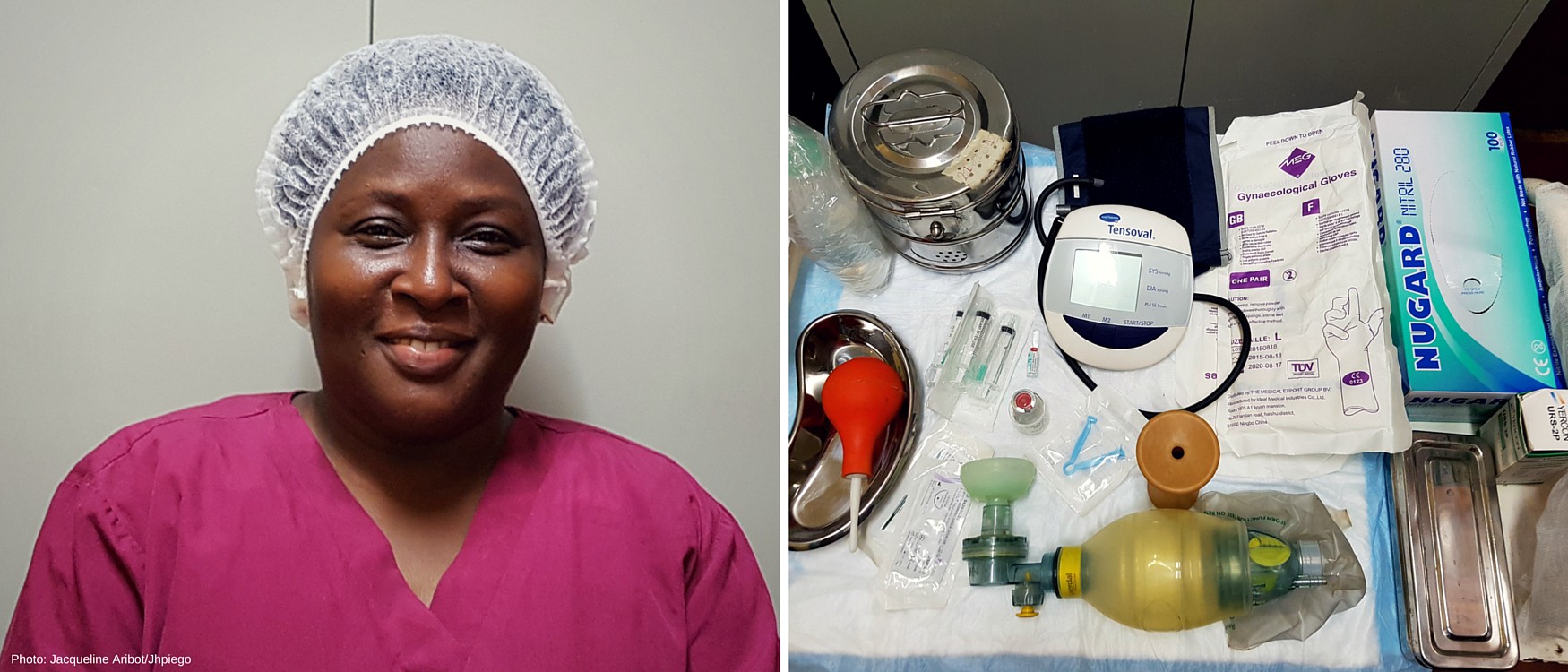
Hawa Keita, Midwife
Hawa has worked 15 years at one of two national maternity hospitals in Guinea, coordinating their 30–35 deliveries per month. She received midwifery training through USAID’s flagship Maternal and Child Survival Program and Maternal and Child Health Integrated Project.
“Among these materials [in my midwifery kit], the Ambu bag (artificial manual breathing unit for infant) helps me a lot in the resuscitation of newborns because we are a referral hospital and women often arrive tired. With this equipment, we can recover 80% of newborns.
One day, we received a woman referred for slow progress in the second stage of labor. After examination, it turns out that the woman was not completely dilated and fetal distress was detected. After extraction of the newborn [via Cesarean], he was not breathing! Immediately, [his airway was cleared] with a pear (suction bulb) and we used the Ambu bag to resuscitate the newborn for 10 minutes. This baby was particularly valuable, because he was the first born of his mother, age 37, who had long waited for this first child.”
Uganda: Mpungu Health Centre, Kanungu District
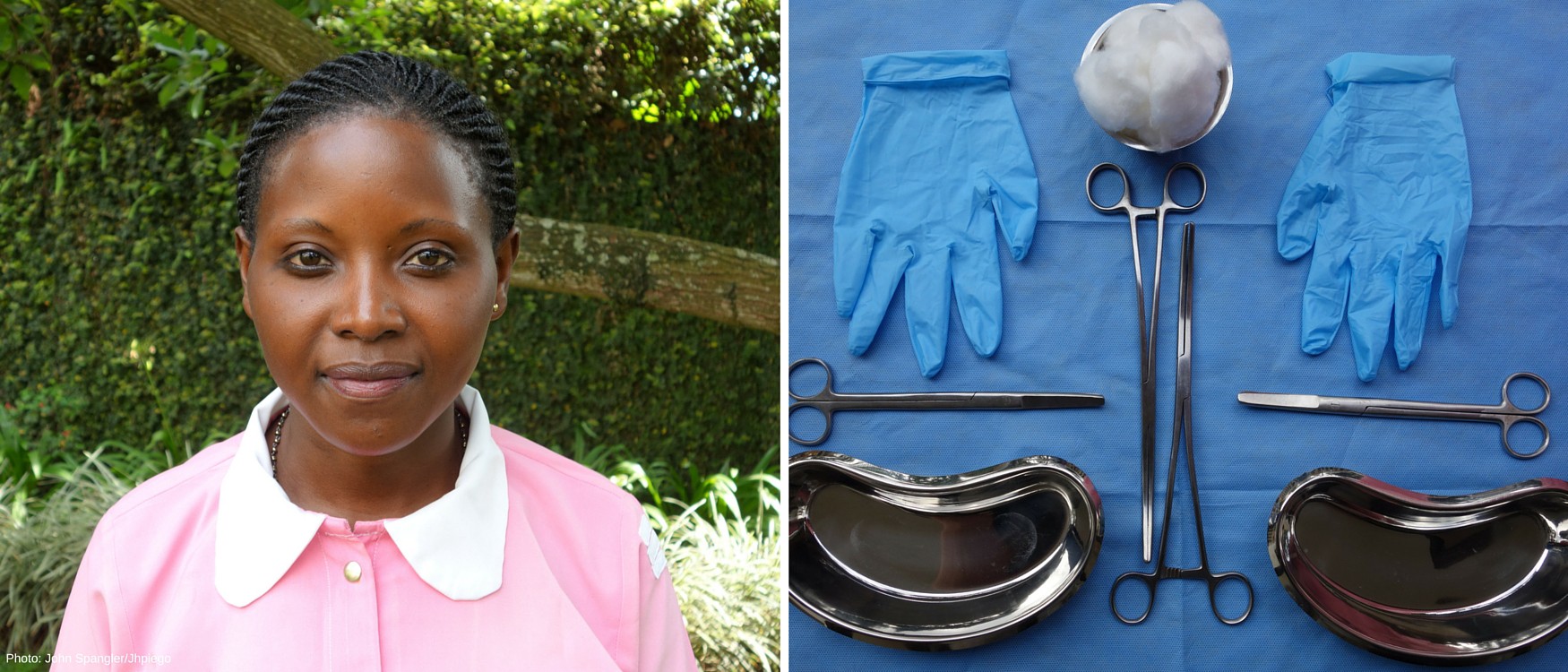
Kayezu Janerose, Midwife
Kayezu has a certificate in midwifery from the Karoli Lwanga School.
“Cotton has so many uses. If a midwife is doing a vaginal examination, you can use it for swabbing the perineum to reduce infection from entering the vagina, and also before the birth. Cotton is also for wiping the baby’s face, eyes, nose, and mouth immediately after delivery of the head [to remove secretions]. The reason for swabbing the baby is to prevent infections from the mother to the baby.”
Malawi: Mitundu Community Hospital
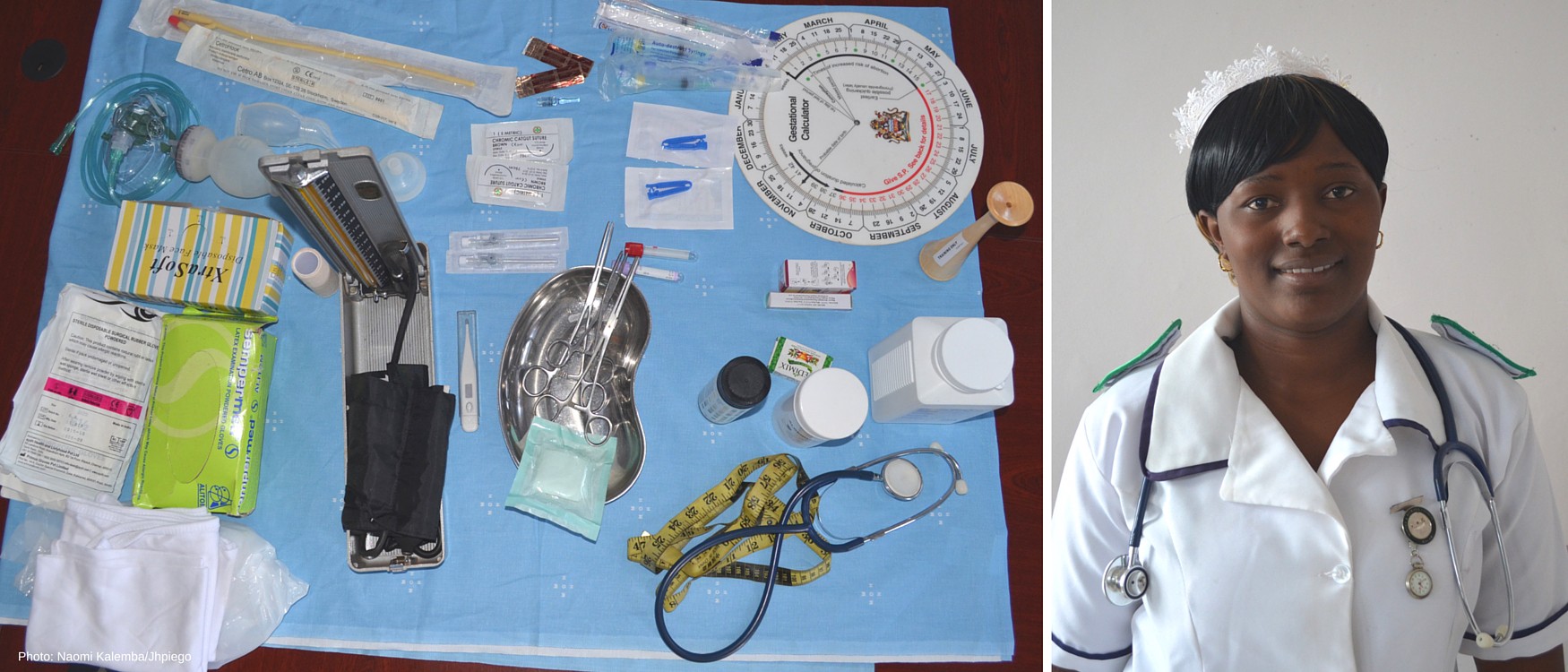
Linvell Idessi Chirwa, Nurse-Midwife
Linvell is a state registered midwife with a BS in Nursing and Midwifery from the University of Malawi. She practices 25 miles to the northwest of Lilongwe.
“Midwifery feels good when both the mother and baby come out of the labor ward alive. In cases when the baby does not cry after being born or is asphyxiated, I use a penguin sucker to clear the baby’s mouth and nose, then stimulate the baby. If the baby still does not cry after this stimulation but has a heartbeat, I cut the cord, take the baby to the resuscitation machine and ventilate, using a correct size of the Ambu bag and mask, at the correct rate. Most of the times the babies cry [after] this process… and this makes me very happy. Remember, my priority is to have a live baby and mother after the labour process.”
Nigeria: Odeligbo Community
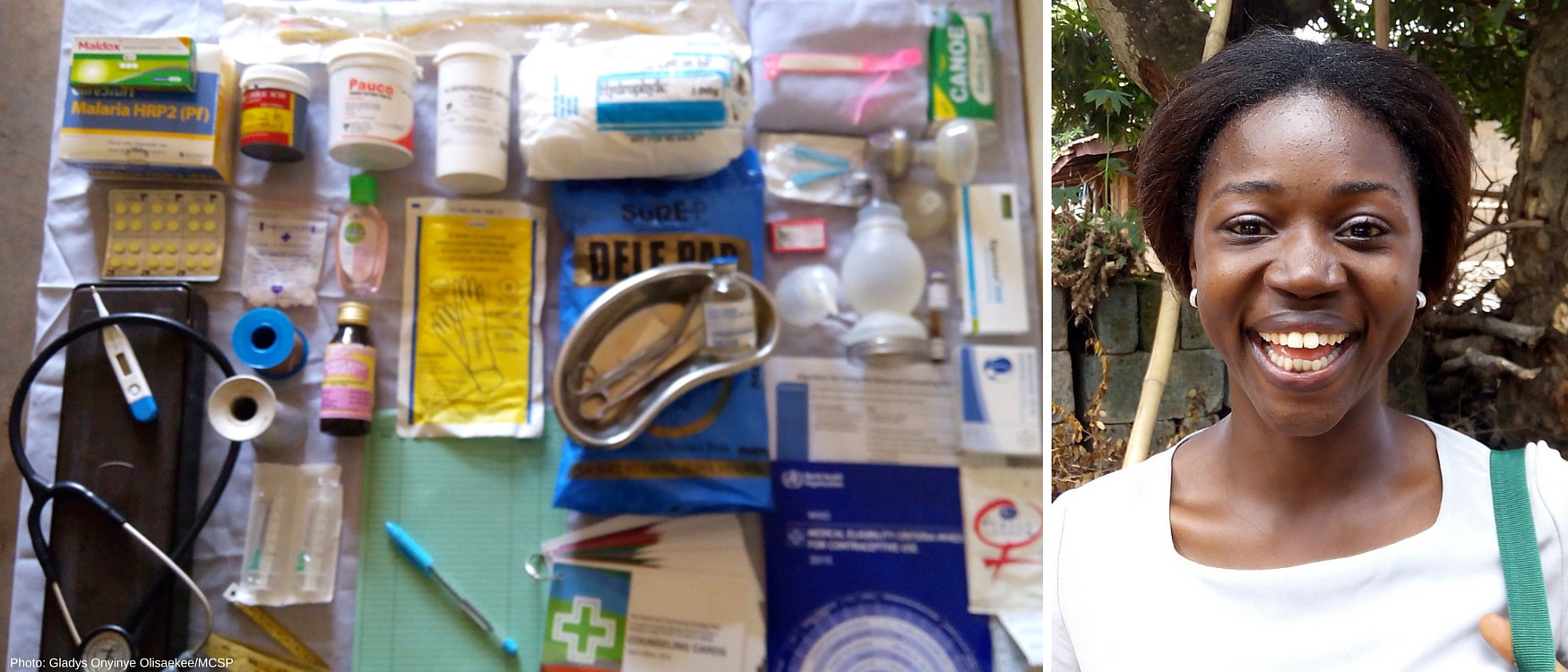
Chinwendu Gloria Anago-Amanze, Public Health Nursing Officer
Chinwendu has her BS in Nursing and is a Registered Nurse Midwife.
“I use Sulphadoxime-Pyrimethamine (SP) to prevent malaria during pregnancy. Having it handy in my bag makes it easy to administer, using the recommended direct observed therapy. Many pregnant women I have met knew nothing about preventing malaria during their pregnancies. After I have educated and gave them SP, I’m always happy when each time they come back and say ‘you have helped me have a malaria-free pregnancy.’ The job of a midwife is all about influencing lives and adding value. I’m so glad to be a midwife.”
Uganda: Bwindi Community Hospital

Uwimbabazi Sarah, Midwife In-Charge of Reproductive Health
Sarah attended the Kisiizi School of Nursing and the Kabale School of Comprehensive Nursing & Midwifery. She has both a certificate and degree in Comprehensive Nursing.
“Occasionally we have to do a cut (episiotomy) if the baby is distressed, for example, but we try to support the mother and be patient with the birth. Sometimes there may be a tear and we can repair this.”
Ethiopia: Debre Berhan University

Sodere Nurgi, Midwife
“A [fetoscope] is a device used to obtain information about a fetus by listening to the fetal heart beat within the uterus and the condition of the fetus will be monitored using it. Most of the time midwives will monitor normal labor using a fetoscope and record every 30 minutes on partograph, especially during the first stage of labour. It is related to my work as delivering the mother is daily work of midwives.”
Ethiopia: Felege Hiwot Referral Hospital
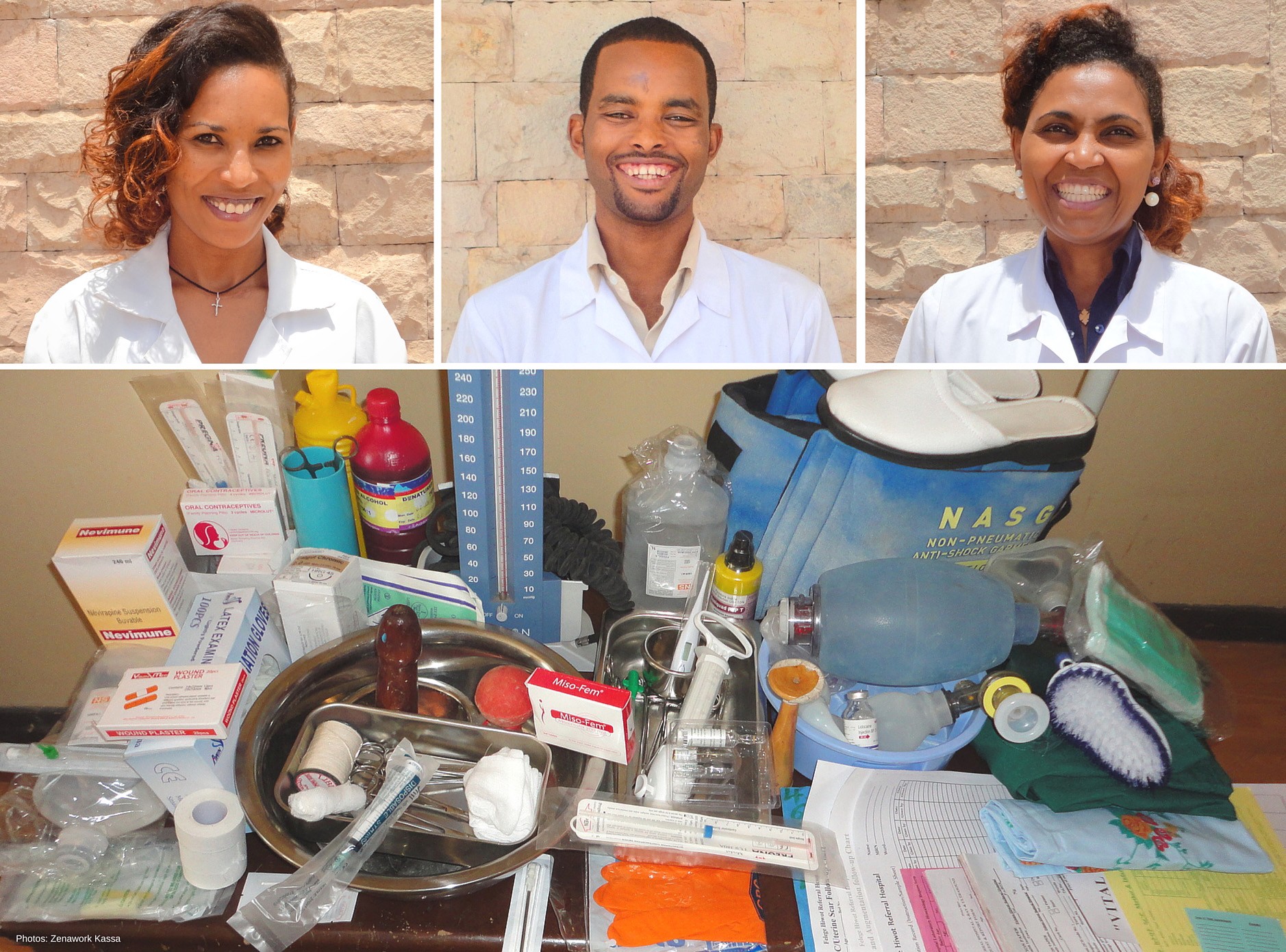
Atsede Haile, Yibeltal Tadie, and Nitsuh Ejeta, BSC Midwives
These three midwives (pictured in order from left to right) work together and share the equipment above. Atsede, quoted below, has two and half years clinical experience at district and specialized hospitals.
“I used a fetoscope for the first time when I was a third year university student during my [practicum]. It makes me really happy when I hear the heartbeat of the fetus through the fetoscope. For me, nothing is exciting as communicating with the fetus.
Over a year ago, a mother came to our hospital with postpartum hemorrhage. We were told she delivered her baby at home in a rural area five days ago. I immediately applied a non-pneumatic anti-shock garment and administered antibiotics. I also removed the retained placenta manually after giving her 10 intramuscular Oxytocin stat. She now visits me whenever she comes to the town and our relationship is more of a family than a client-care provider.”
Pakistan: Fateh Jakhro Village
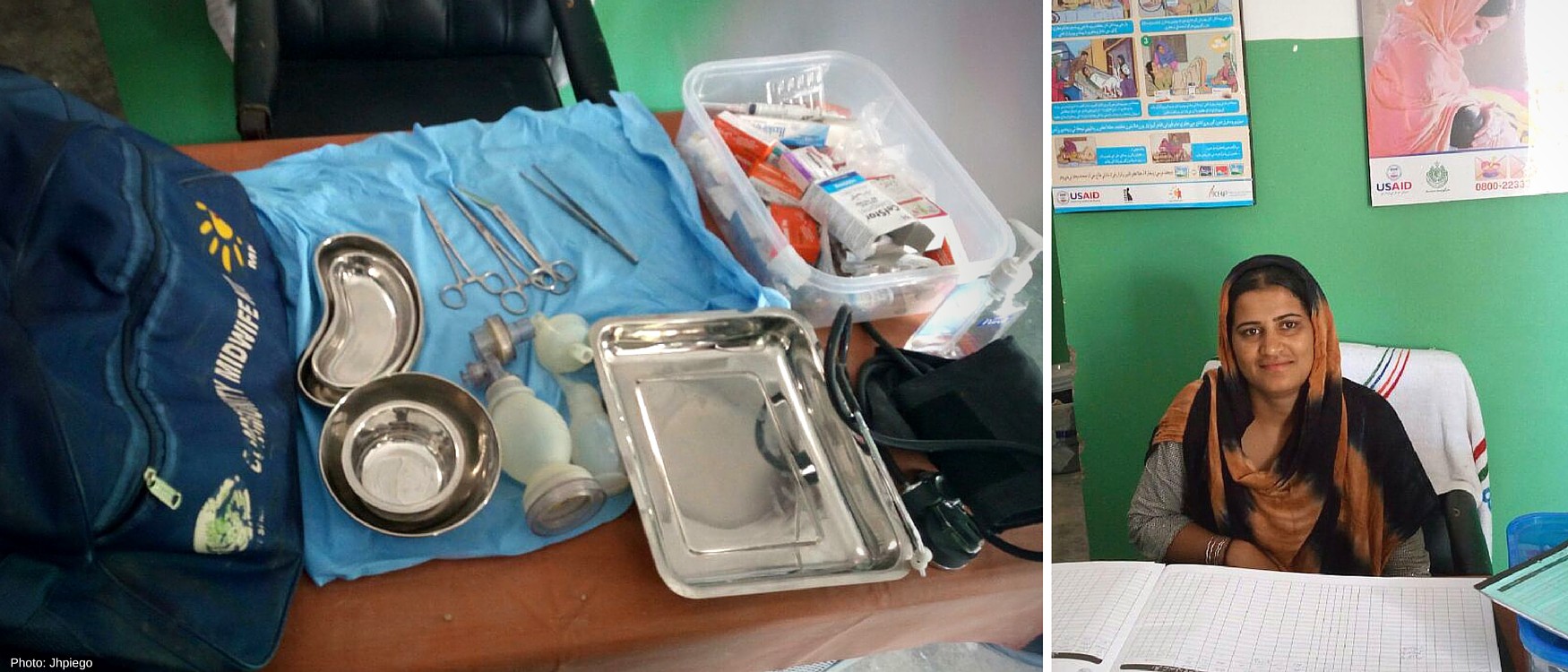
Aasma Jakhro, Community Midwife
Aasma attended an eighteen-month course to learn skills in community midwifery.
“The fetoscope is used for fetal heart sound. Ambu bag to resuscitate the newborn in birth asphyxia. Blood pressure apparatus is used for mother’s blood pressure monitoring.”
This photo essay was created by Jessica Kerbo of USAID’s Maternal and Child Survival Program (MCSP). Want to learn more about our work? Visit MCSP on YouTube or Flickr.
*Some of the quotes have been slightly paraphrased to provide additional context.
